The race for the best GPS watch is heating up, and Suunto is aiming for the top with its new Suunto Race GPS watch.
Known for its adventure-driven designs, the brand is now making a bold push into the running world. But after years of carving out a niche for trail and outdoor enthusiasts, can Suunto bring something fresh and exciting to the table for everyday runners?
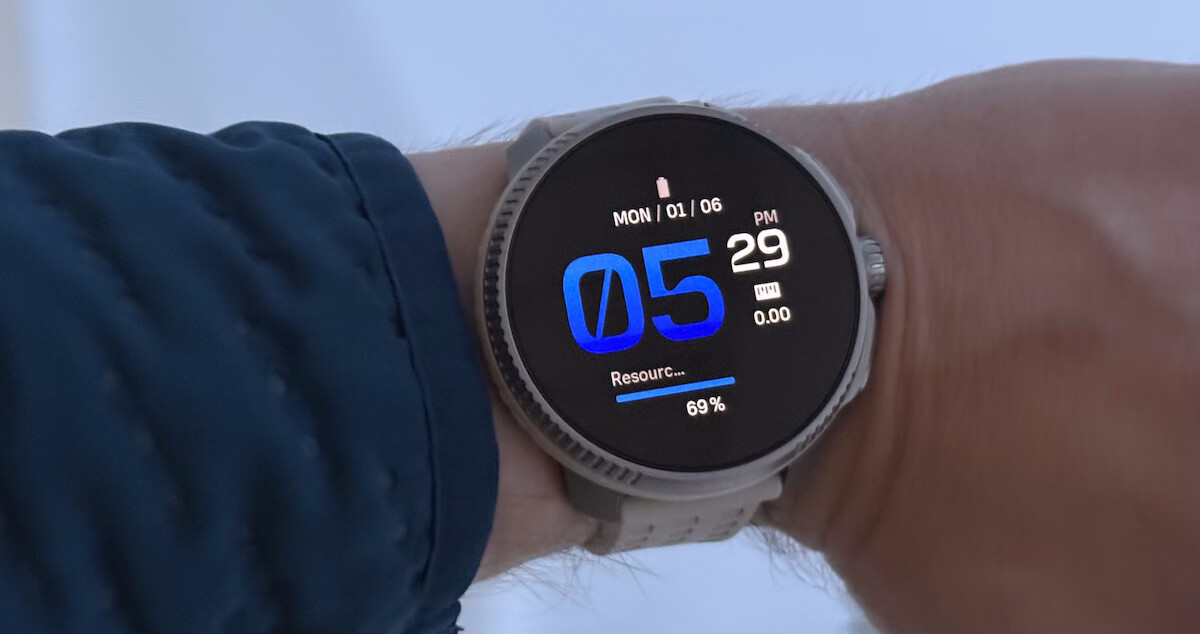
The Suunto Race is packed with features designed for athletes who want to dive into the details—think advanced metrics, recovery insights, and even race preparation tools.
For seasoned runners who love having a wealth of data at their fingertips (and who prioritize map and navigation features), this watch could be perfect for you.
I’ve been testing this watch on road runs, at the track, and even on the treadmill, and I’m here to share my takeaways. So let’s dive into what makes this watch stand out—and where it might fall short for certain runners.
Who is it good for?
- Novice Runners: This is a LOT of a watch, both weight-wise and on the features side
- Current Garmin Users: Stick with what you know. This watch and the Suunto app don’t offer enough differentiators for you to jump ship.
- Trail Runners: You may have found your next watch! Multiple GPS modes, map uploading capabilities, plus altimeter and barometric functions.
- Daily Usage: Has a lot of solid training features but doesn’t feature mobile pay options
- Value for Price: The price has dropped to $399, which is competitive for a mid-range watch.
This one may need to be next on our list of best trail running watches.
Suunto Race Watch Review
What first struck me when unboxing the Suunto Race was the massive display screen (1.43”). It definitely looks the closest to a smart watch than anything I’ve tested. The bright AMOLED display and touch screen functionality serve as a great reminder how far running watches have come in the past few years!
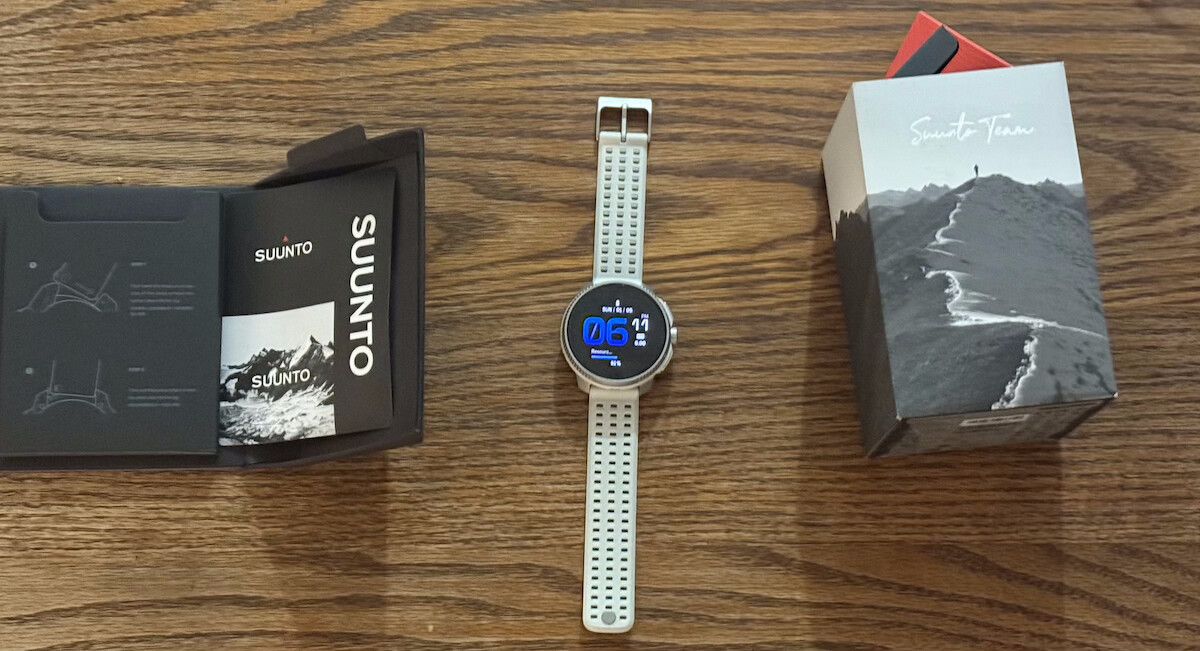
But yeesh, this watch is HEAVY, tipping the scale at 83g.
Comparatively, my Coros Apex 2 Pro weighs in at 66g and my older Garmin Forerunner 945 sits at 50g. Point being,it’s significantly heavier than the majority of its competitors and you definitely feel that difference.
*Good news: there is a Suunto Race S which is going to be the smaller version and weigh only 60g.
The weight of the watch is further amplified by the fit of the silicone wristband. While the secondary clasp does help keep the watch face in place, I found myself having to tighten the strap quite a bit to prevent any movement. Sure, I don’t want the watch bouncing around while running, but I also need the fit to be comfortable—and unfortunately, it’s not.
As a new Suunto user, I found the watch and corresponding app a bit tricky to set up.
The menus and organization of the watch’s features are not super intuitive, so it did take me a while to feel confident using basic functions.
This watch brings a boatload of data to the table and boasts comprehensive training features I’ll get into shortly. But let’s take a quick look at some of my takeaways from my time testing this watch.
Quick Take Pro’s and Con’s
Pros
- Amoled Screen and large display (1.43 in.)
- Data galore: Steps, HRV, 24/7 HR, Resting HR
- Extended battery life
- Multiple modes of GPS
- LOVE the flashlight
- More than 90 different activity modes
Cons
- This watch is HEAVY 83g – compared to my Coros Apex Pro 2 that weighs 66g
- Strap fit
- App is clunky and slow updating data
- Buttons on the watch are sporadically unresponsive or lag
GPS added .02~.04 mile for each mile I ran - Configuration and menu flow on the watch isn’t intuitive
Quick Take:
100% we are on board with the Suunto Race S for being lighter and cheaper! That being said it does drop the battery life a lot, so there’s your trade off!
Smart Watch
The watch packs in several handy smartwatch features, including call, text, and email notifications, weather alerts, and Bluetooth connectivity.
However, it doesn’t support media storage, so if you’re looking to listen to music or podcasts during your runs, you’ll still need to bring your phone.
The good news? You can control your media directly from the watch. Similarly, the watch doesn’t support contactless payments.
For those of us who constantly misplace our phones (guilty as charged), there’s also a “Find My Phone” function. And as silly as it sounds, I have to admit—I love the flashlight feature.
That said, syncing the watch with the Suunto app isn’t always seamless. During testing, I often had to open the app and hold it close to the watch, and even then, data like weather updates and recent workouts sometimes took a while to show up. But this watch brings a lot of data to the table, including HRV (Heart Rate Variability), steps, heart rate, resting heart rate, sleep analysis, and more.
At first, the three-button layout might feel a bit tricky, but once you get the hang of it, customizing your watch and arranging your favorite widgets is a breeze. The crown scroll button lets you easily navigate through features, or you can use the touchscreen, depending on preference.
While the Suunto Race offers more smartwatch capabilities than any other running watch I’ve tested, it does miss a few key features that many runners value, like contactless payments, multi-bluetooth pairing, and media storage—which you’ll often find on competing models.
Battery Life
- Up to 16 days in smartwatch mode
- 40 hours in all systems training mode (multiple GPS frequencies)
- 65 hours in all systems training mode (single GPS frequency)
- AMOLED displays usually drain battery pretty quickly, but the Suunto Race has enough power to stay reliable as a daily wearable, which is a huge plus! The watch takes between 1-2 hours to charge completely and starts notifying you of low power once the battery level reaches roughly 30%.
GPS and Navigation
Navigation is where the watch truly shines. You can upload maps and race routes, and choose between several different modes of navigation.
- Route Navigation (Breadcrumb Trails): Follow a preloaded route with a simple trail display.
- Back to Start: Navigate back to your starting point with a reverse breadcrumb trail.
- Compass: Know which direction you’re facing to maintain a sense of orientation.
- Waypoint Navigation: Navigate toward specific points of interest you’ve set as waypoints.
- Maps: Use detailed maps for navigating more complex or remote routes.
It’s important to call out that multi-band GPS mode, route navigation, and mapping features will drain the battery more quickly than standard running features. I didn’t have the chance to test the watch on the trails but the feedback I’ve read highlights the navigation as this watch’s best feature!
When it comes to the GPS function, I was surprised to find the Suunto Race measured my run distance as about 0.02 to 0.03 miles longer per mile compared to the Coros Apex Pro 2, which I wore alongside it. I also swapped out the Coros for my Garmin Forerunner 945 and got pretty much the same result.
After digging into it, I found that other runners out there noticed the same discrepancy. A bit ironic that the navigation is spot-on but the GPS isn’t quite as accurate.
Heart Rate Monitoring
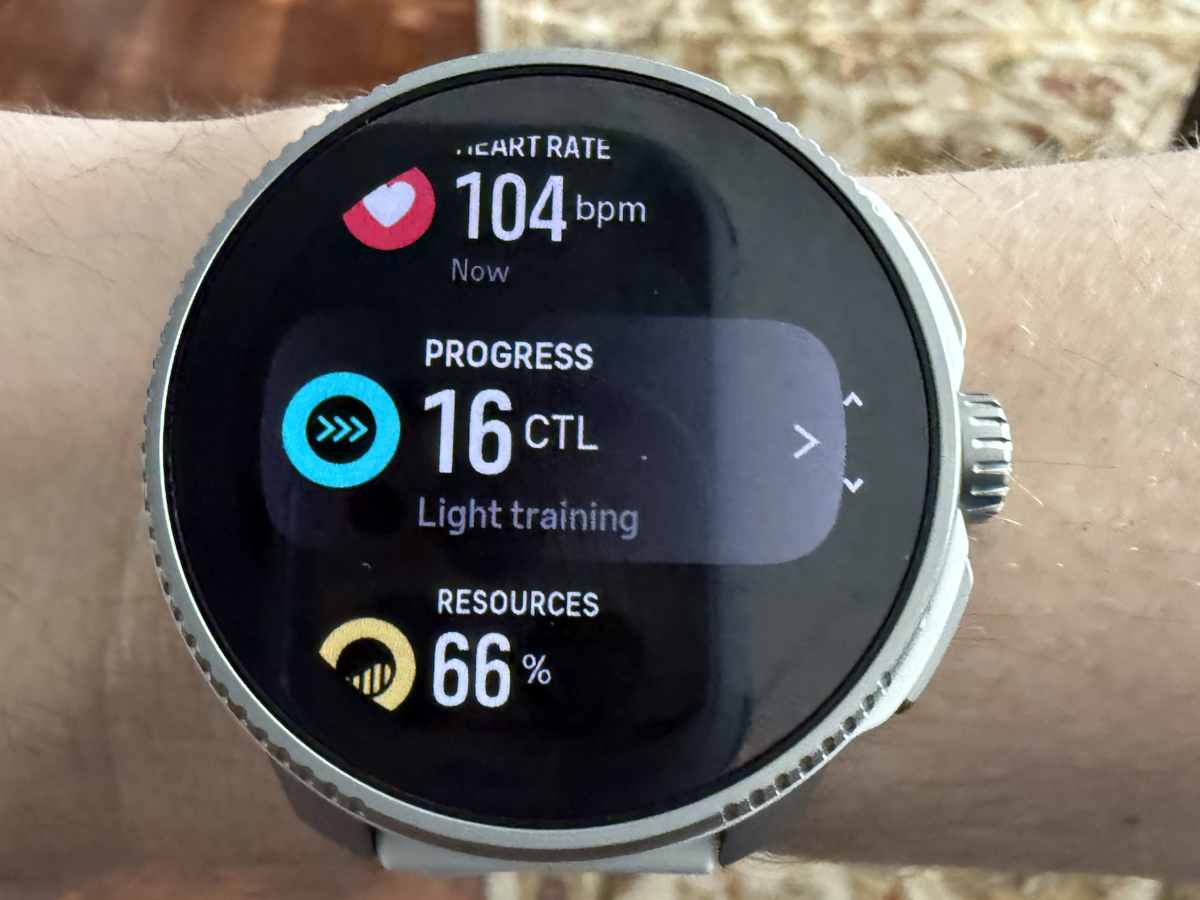
Wrist-based heart rate monitors often get a bad rap for accuracy. The heart rate data from this watch was consistently on par with the Coros I used for comparison during testing. If you’re serious about dialing in your heart rate data, Suunto also offers a heart rate belt for more precise readings.
Personally, I’m still getting the hang of low heart rate training, but Coach Amanda swears by using an accurate heart rate monitor as a key training component.
For some tips on how to get more accurate heart rate readings and make the most of your GPS watch, be sure to check out her GPS watch tips!
Workouts
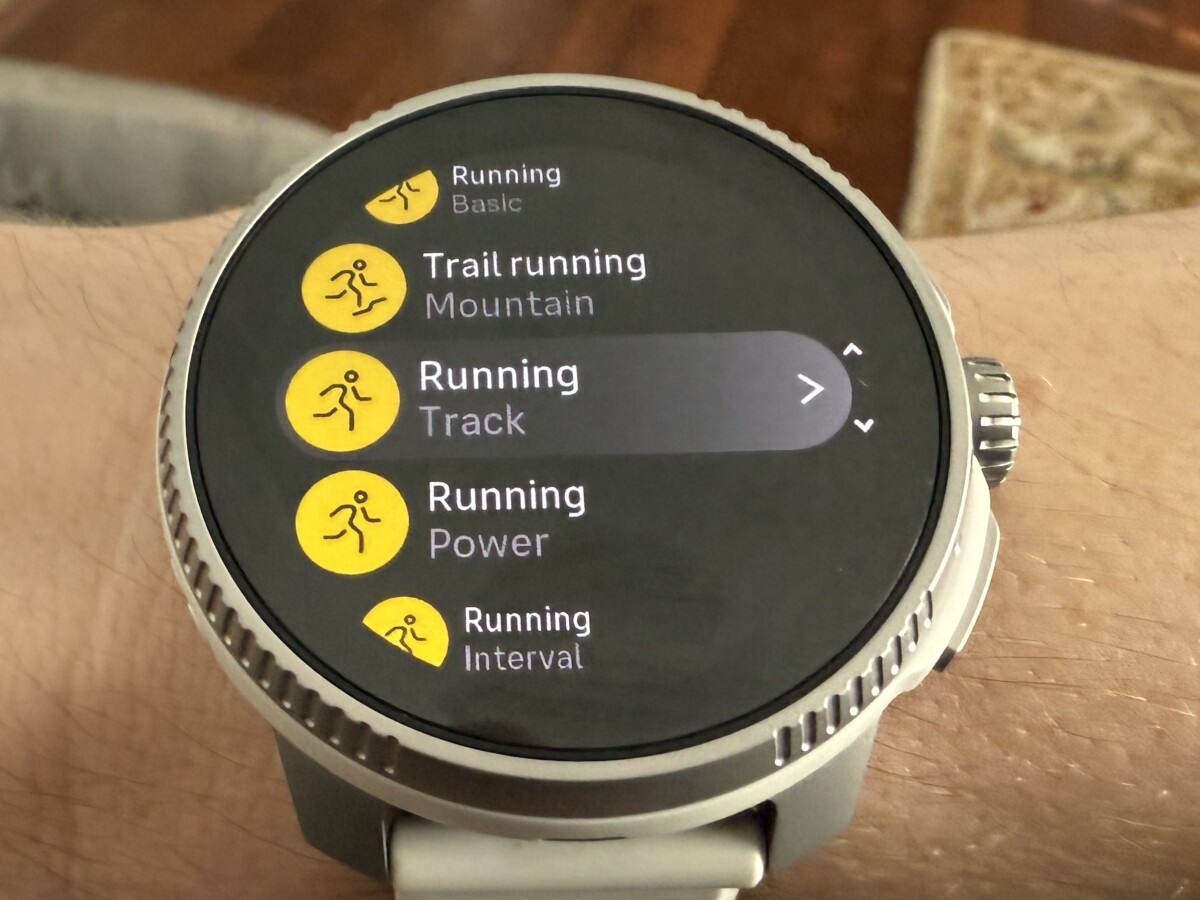
We’ve already covered how much this watch can do, but I want to highlight three features that are especially great for runners.
First up is Suunto’s FusedSpeed technology.
This unique feature combines GPS data with an accelerometer (which tracks your movement) to give you more accurate readings of things like pace and distance. It’s especially helpful in areas where GPS alone can struggle, like in cities with tall buildings or dense, wooded trails. Runners love their data, but let’s be real—it only matters if it’s accurate, right?
The second standout feature is the Ghost Runner mode.
You set a distance and time goal for your workout, and once you start, the watch updates you in real time on whether you’re ahead, behind, or right on pace with your “ghost runner.” It’s a fun, fresh take that can help lighten the mood during tougher training sessions.
This watch has a TON of awesome training data for us to nerd out on, factoring in your short and long-term training loads, recovery, and the intensity of your workouts. If you’re a fan of deep-diving in data, the Suunto Race is a great option for you!
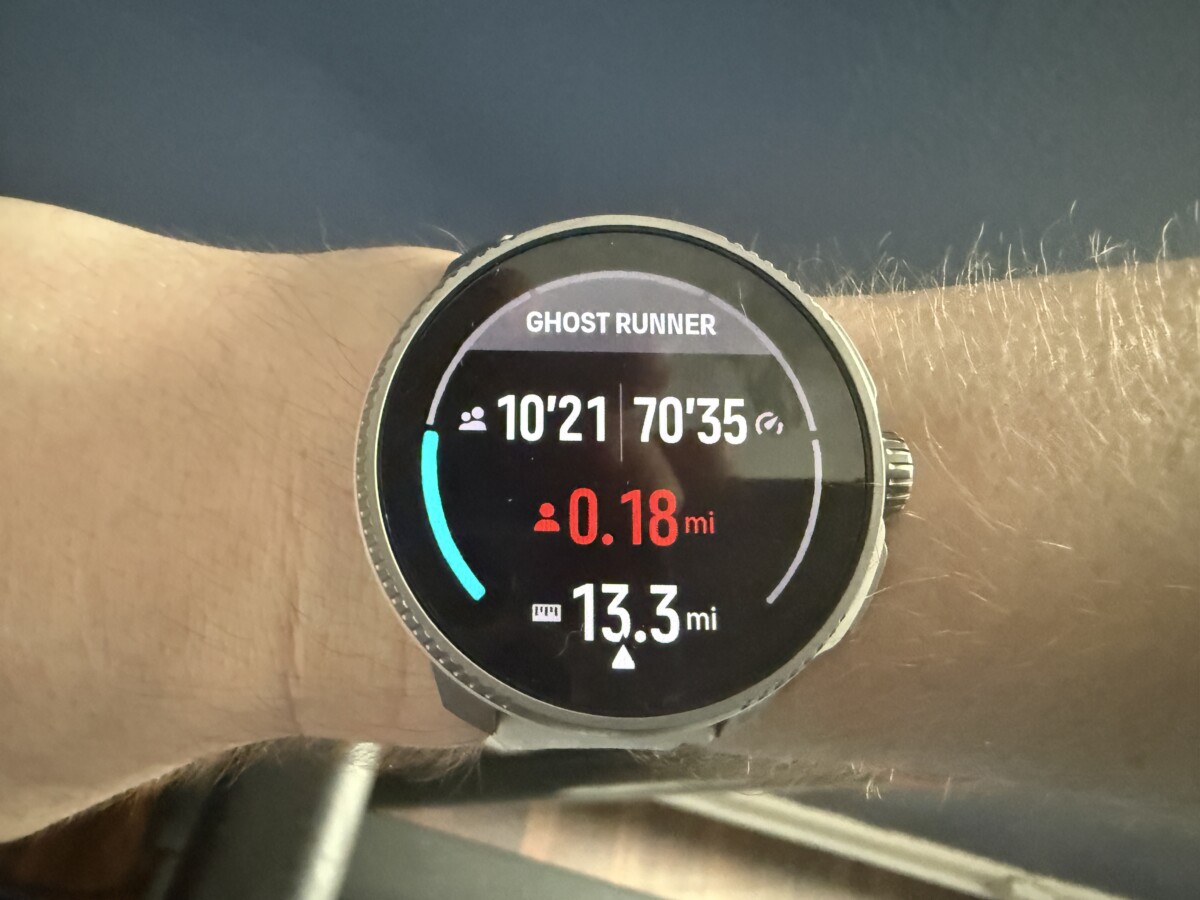
Final Thoughts
If you’re after a watch that lets you geek out on data and offers a few solid smartwatch features, the Suunto Race is a great pick. But if you’re really particular about fit and GPS accuracy, this might not be the one for you.
You might consider the Garmin Forerunner 965 or Coros Apex 2 Pro.
Well there you have it! I hope this review helps you find your next running watch!
Looking for more gear and trail tips?

